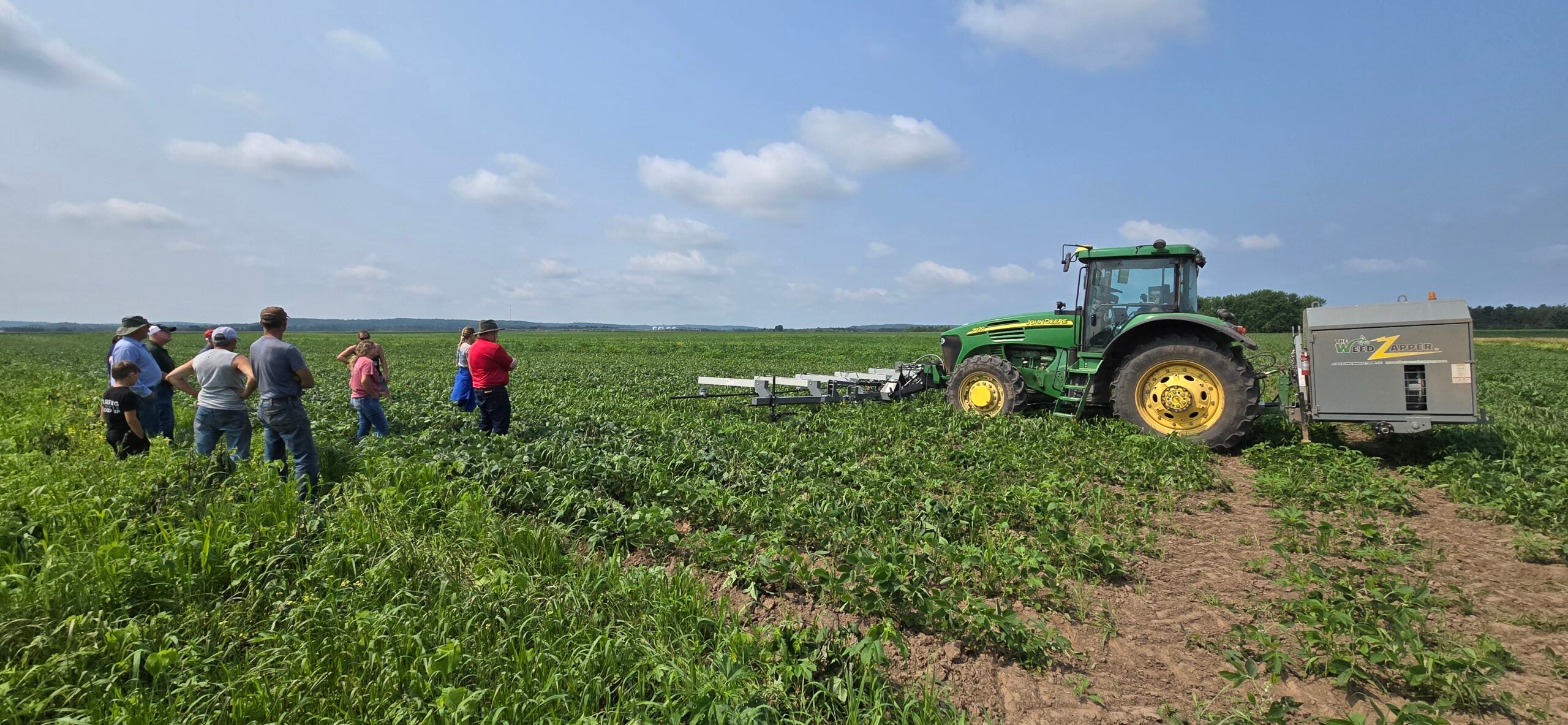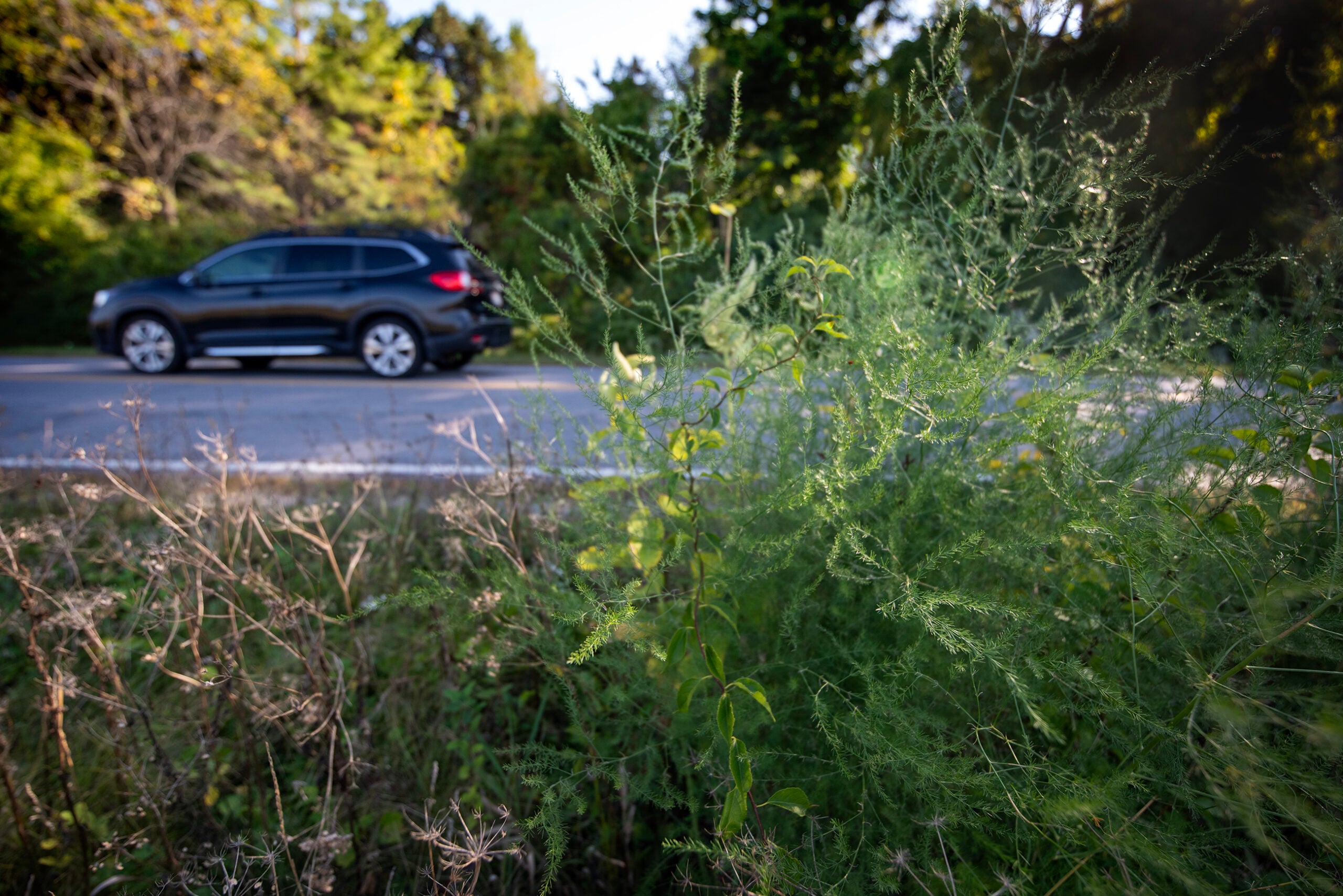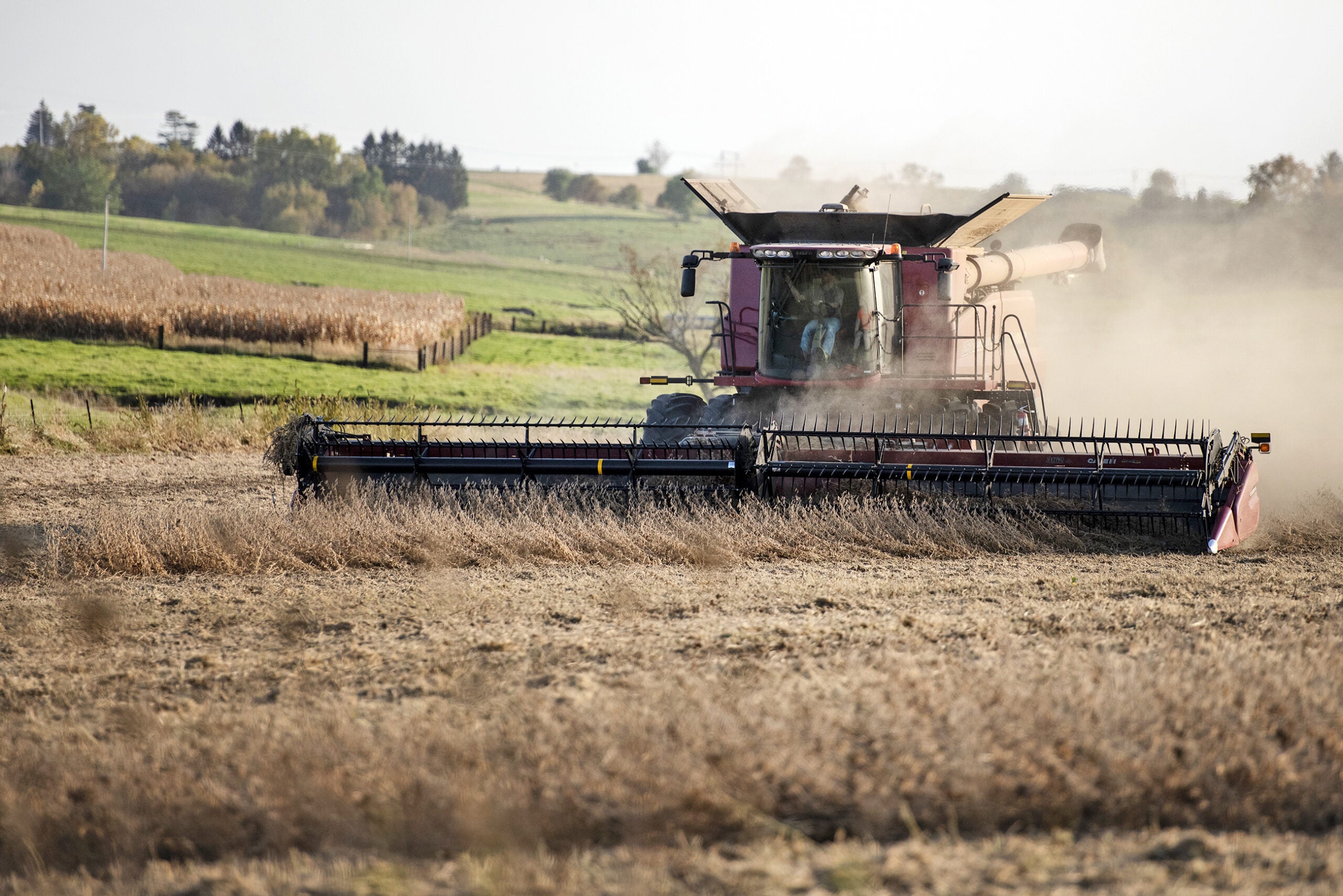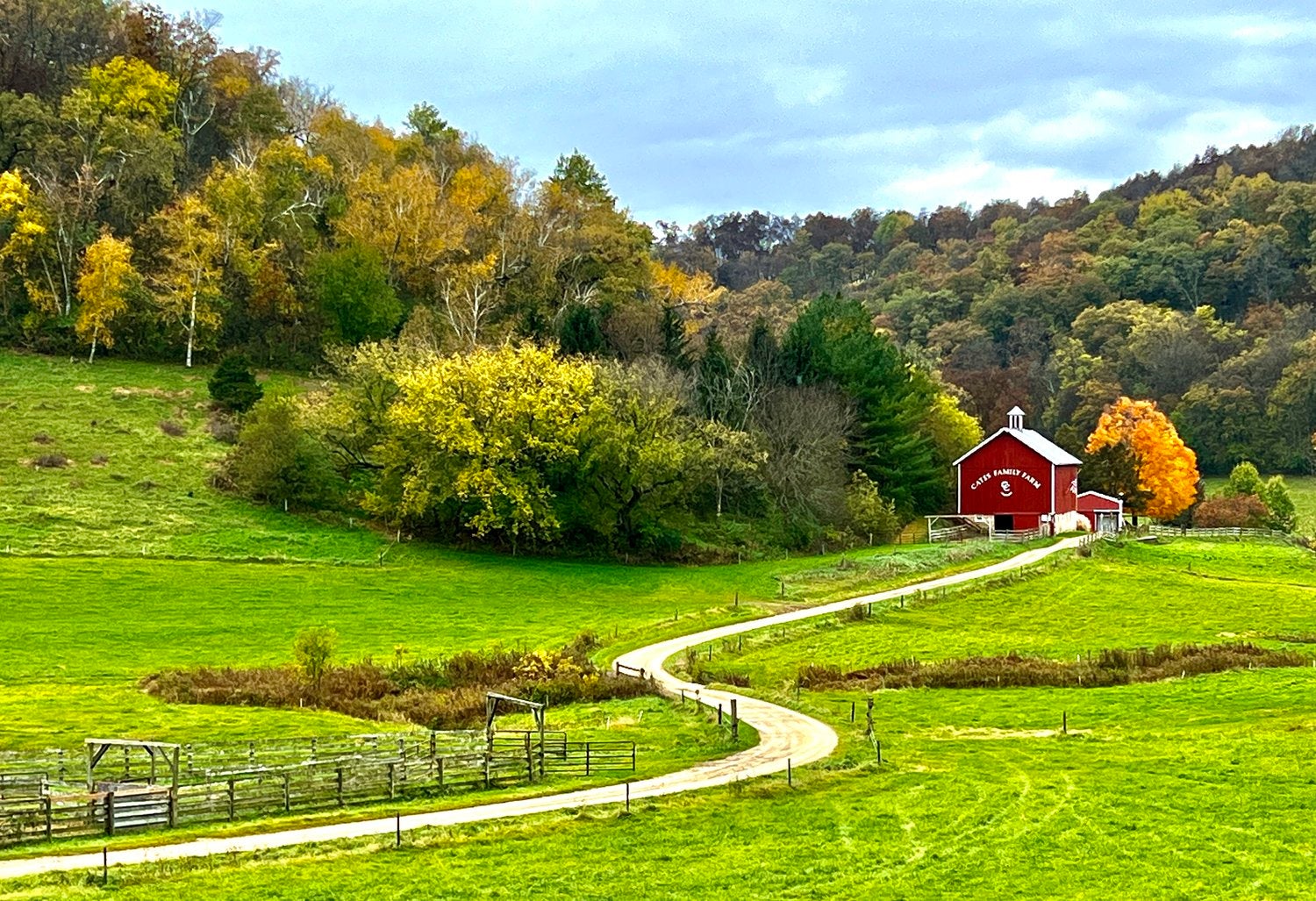Fall begins this weekend, despite parts of Wisconsin experiencing summer-like temperatures.
The warm September air comes at a time when farmers are examining their approach to weed management.
“Fall is the best time to look at perennial weed control,” said Jerry Clark, a northwestern Wisconsin crops and soils educator.
News with a little more humanity
WPR’s “Wisconsin Today” newsletter keeps you connected to the state you love without feeling overwhelmed. No paywall. No agenda. No corporate filter.
Clark serves Chippewa, Dunn and Eau Claire counties through the Division of Extension at the University of Wisconsin-Madison. He recently told “Wisconsin Today” that significant rainfall in early spring led to more perennial weeds on farms this year, compared to previous years.
As fall begins, northwestern Wisconsin and other parts of the state are facing drier and warmer conditions, according to Clark.
He said this year’s contrasting rainy and dry spells have farmers struggling to maintain overgrown weeds that are taking away moisture from soybean and corn crops so close to harvest.
Farmers are also having difficulty eliminating weeds because of their resistance to herbicides over the past decade, Clark said. The ongoing challenge has prompted farmers to try newer technologies, such as electricity, to better control weeds.
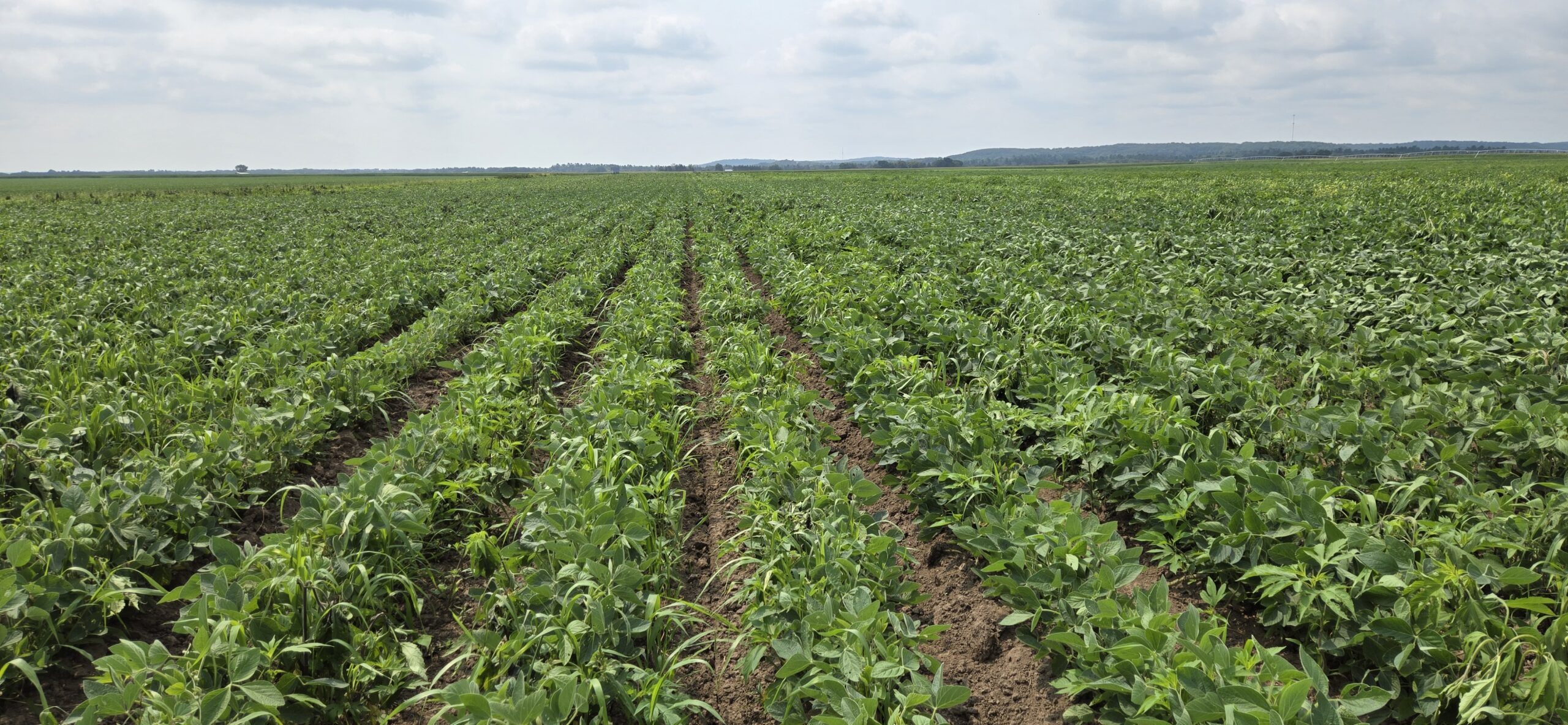
The following interview has been edited for clarity and brevity.
Rob Ferrett: What is an electric weeder?
Jerry Clark: An electric weed control is a large copper bar that runs across the front of a tractor with a generator attached to it. The bar is set just above the crop and any weeds that are above that canopy, come in contact with the bar.
There is an electric voltage of 10,000 to 15,000 volts that goes through this copper bar. It basically burns or fries that weed with an electric jolt, and it kills off that top growing point of that weed. If it doesn’t kill the weed completely, it gives the crop a chance to grow above and start to canopy some of that soil so in the future, weeds aren’t a problem.
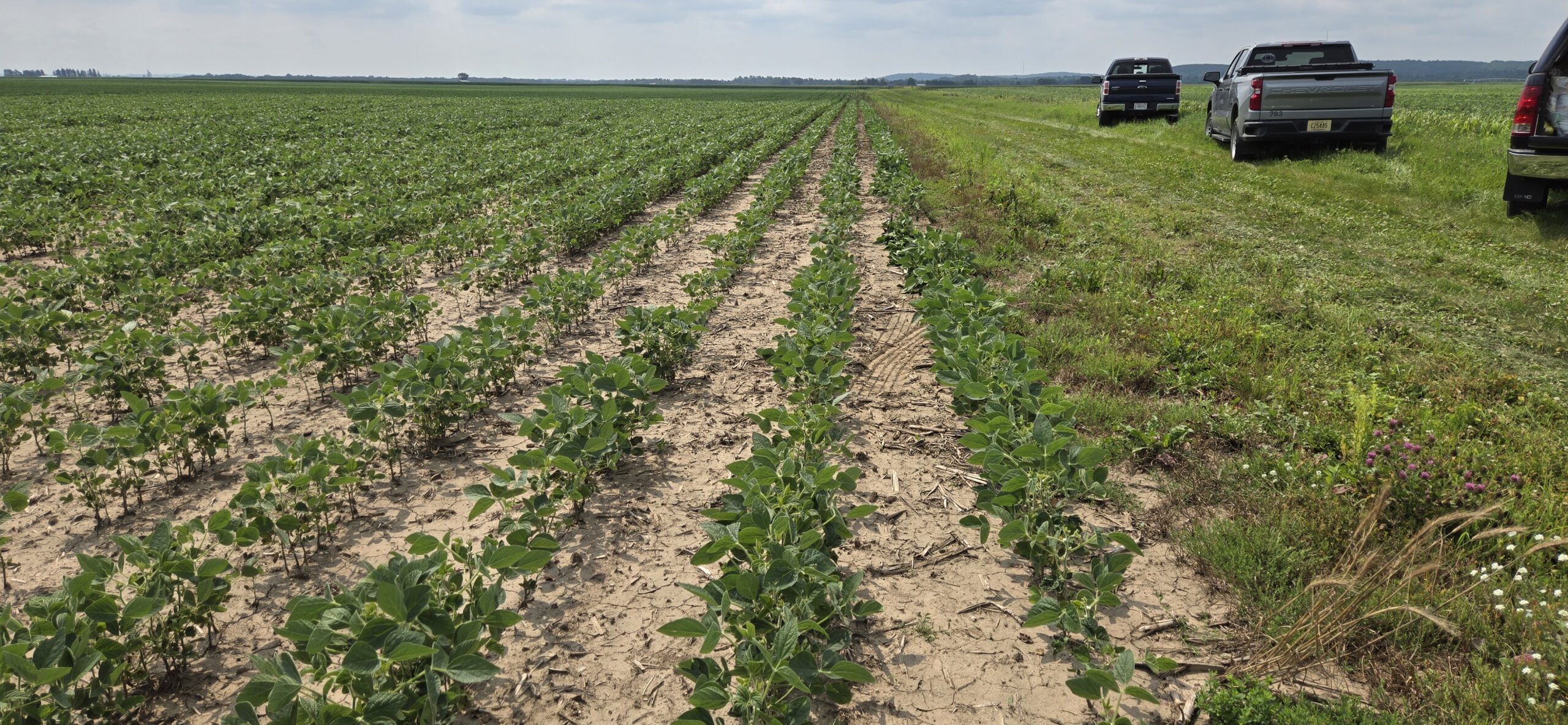
RF: Another technology you have your eye on are drones. This aerial technology can collect land data and then spray weeds. Is this a wave of the future?
JC: Drone technology is emerging, and it’s being used quite a bit on the pesticide side of things, specifically for fungicides. The issue with drones and herbicides is drift. We’ve got to be very careful that the herbicide or the chemical stays where it is intended to be sprayed.
As we get into more see and spray technology, there’s robotic types of equipment that will move through a field. It identifies a weed and it specifically targets that weed, whether that’s mechanical removal or a chemical herbicide application.
We can really reduce the amount of herbicide chemical use out there by targeting the specific weed. This artificial intelligence actually puts a small amount of herbicide right to that weed and therefore we don’t have to have this blanket application across the field like we would with a conventional sprayer.
RF: How much herbicide use is there on a typical farm?
JC: You’re probably looking at herbicide usage for those perennial weeds, such as quack grass, dandelions, broadleaves or grasses that will be there in the spring. Fall is a good time to control some of those, especially in an older hay, alfalfa or any kind of grassy hay field that’s going to be rotated out of production.
This time of the year, apply a non-selective herbicide to take care of that perennial weed problem.
You can use lower rates of a herbicide and probably just one pass of that herbicide application, so we don’t need to come back a second time in the spring.
RF: How much should we worry about herbicide resistance?
JC: We’ve got a number of herbicide resistant weeds, both grasses and broad leaves. I think that the one that we struggle with the most currently is water hemp, it’s in the pigweed family. Pigweeds are very prolific producers of seed.
Herbicide-resistant weeds means farmers need to change their management program. They may need to rotate crops quicker, or add a third or fourth crop to the crop rotation. Sometimes that can help reduce herbicide resistance, or that reliability on resistance. In the last 10 years, we’ve seen a resurgence of cover crop usage to compete against weeds.
RF: What should gardeners do when it comes to anti-weed measures?
JC: For gardeners again, perennial weed management in the fall is the best time for that, whether you’re dealing again with creeping charlie, dandelions, some of the quack grass types of perennial weeds. This is a great time to mulch them, get them weeded out, stressing them out. Mowing is another cultural type of approach.
If you are going to use chemicals, now is a good time to use those non-selective herbicides to spray those difficult weeds that might be causing a problem within the garden or in a lawn, especially some of those products for broadleaf control.

